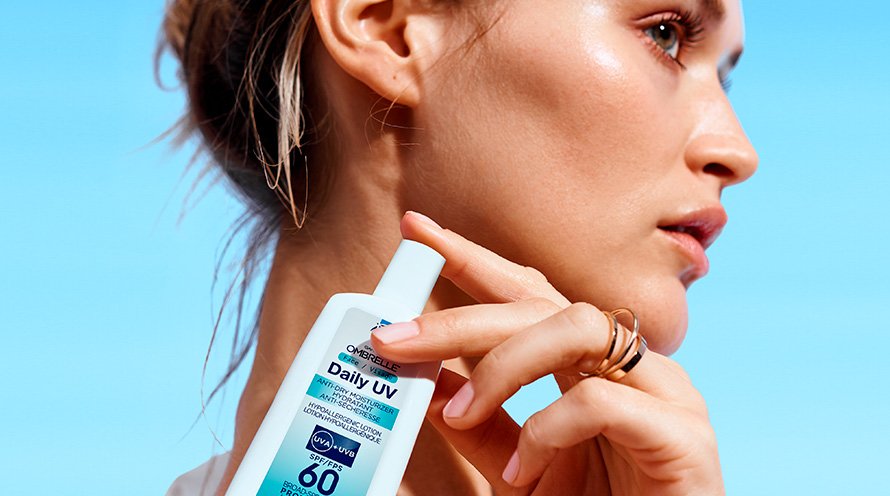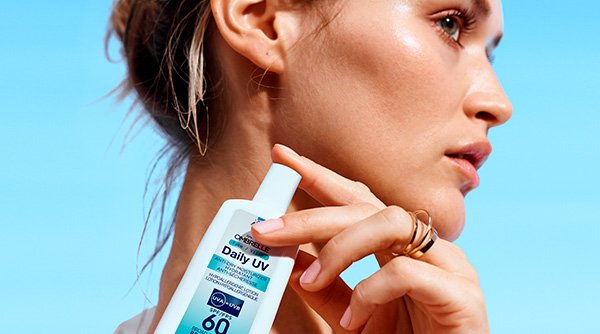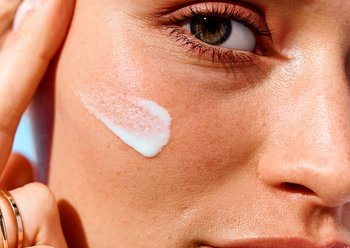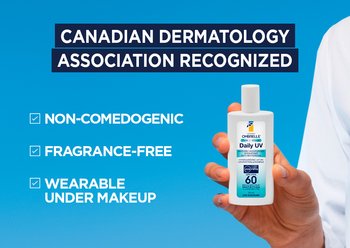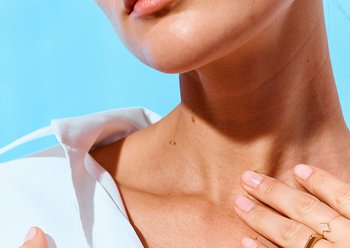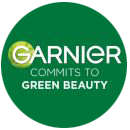SPF Benefits: How Daily SPF Protection Shields Against UV Aging
Did you know that the sun plays a major role in skin aging, even in Canada's varying climate? The Skin Cancer Foundation reveals that up to 90% of aging signs like wrinkles and dark spots are due to sun exposure. Therefore, daily sunscreen application is essential for protecting the skin from ultraviolet (UV) rays and preventing premature aging.
However, not every sunscreen offers the same level of protection. It's essential to pick one that provides broad-spectrum coverage, shielding you from both UVA and UVB rays. UVA rays penetrate the skin deeply, which can cause lasting skin damage and increase signs of aging, while UVB rays are responsible for sunburns and skin cancer.
When choosing your sunscreen, it's important to look for SPF and UVB protection. Chemical sunscreens have ingredients like avobenzone that protect against UVA rays, along with mineral ingredients like zinc oxide.
What is SPF and How Does it Work?
SPF, which stands for Sun Protection Factor, evaluates the effectiveness of sunscreen in shielding your skin from the harmful UVB rays known for causing sunburns. A higher SPF number means more protection; for instance, SPF 15 filters out approximately 93% of UVB rays, while SPF 60 filters about 98.3%.
It's important to remember that no sunscreen can block 100% of UVB rays. Moreover, the SPF value does not determine how long you can sunbathe without harm. This varies with your skin type, sunlight intensity, and how frequently you apply sunscreen.
Contrary to popular belief, a higher SPF doesn't mean you can stay in the sun longer without reapplying; it simply offers more protection against UVB rays, and regular reapplication is still essential.
Understanding the full scope of protection is crucial, which is why exploring Ombrelle's broad-spectrum sunscreens can give you a clearer picture of how to shield your skin effectively from both UVA and UVB radiation.
Different Types of UV Rays and Their Impact on Skin Aging
UVB rays aren't the only concern. UVA rays, constituting about 95% of UV radiation reaching us, pose a significant threat to skin health, contributing to premature aging. These rays penetrate deeper into the skin than UVB rays, damaging collagen and elastin, which are vital to maintain firm skin and a youthful appearance.
Additionally, UVA rays are linked to wrinkles, skin sagging, dark spots, and an increased risk of skin cancer. Unlike UVB, UVA rays linger all year round, can penetrate clouds and glass, meaning your skin is exposed to the sun even on overcast days or indoors by a window.
To guard your skin against the effects of sun rays, opting for a broad-spectrum sunscreen is crucial. This type of sunscreen includes active ingredients like zinc oxide, Mexoryl SX, Mexoryl XL, titanium dioxide, avobenzone, and ecamsule, which collectively block or absorb these harmful rays. Ensure your sunscreen is labeled "broad spectrum" or "UVA/UVB protection" alongside checking the SPF number to effectively shield your skin from the visible signs of aging.
The Visible Effects of UV Aging on Skin
UV aging, a key concern for dermatologists, refers to the detrimental effects on the skin triggered by exposure to UV rays, whether from the sun or artificial sources. This exposure doesn't just alter the way our skin looks, leading to early signs of aging, but it also amplifies the likelihood of developing skin cancer.
Photoaging: Symptoms and Long-term Consequences
Photoaging exemplifies skin aging propelled by UV radiation, which invades the skin to break down collagen and elastin fibers. These fibers are crucial for maintaining the skin's firmness and elasticity. UV radiation also induces pigmentation changes, such as dark spots, freckles, and an uneven skin tone.
Beyond aesthetics, photoaging takes a toll on skin health, elevating the risk for skin cancer, which is among the predominant cancer types in Canada. Additionally, photoaging can hinder the skin's healing capability, its defense against infections, temperature regulation, and even compromise the immune system, making the body more prone to diseases.

